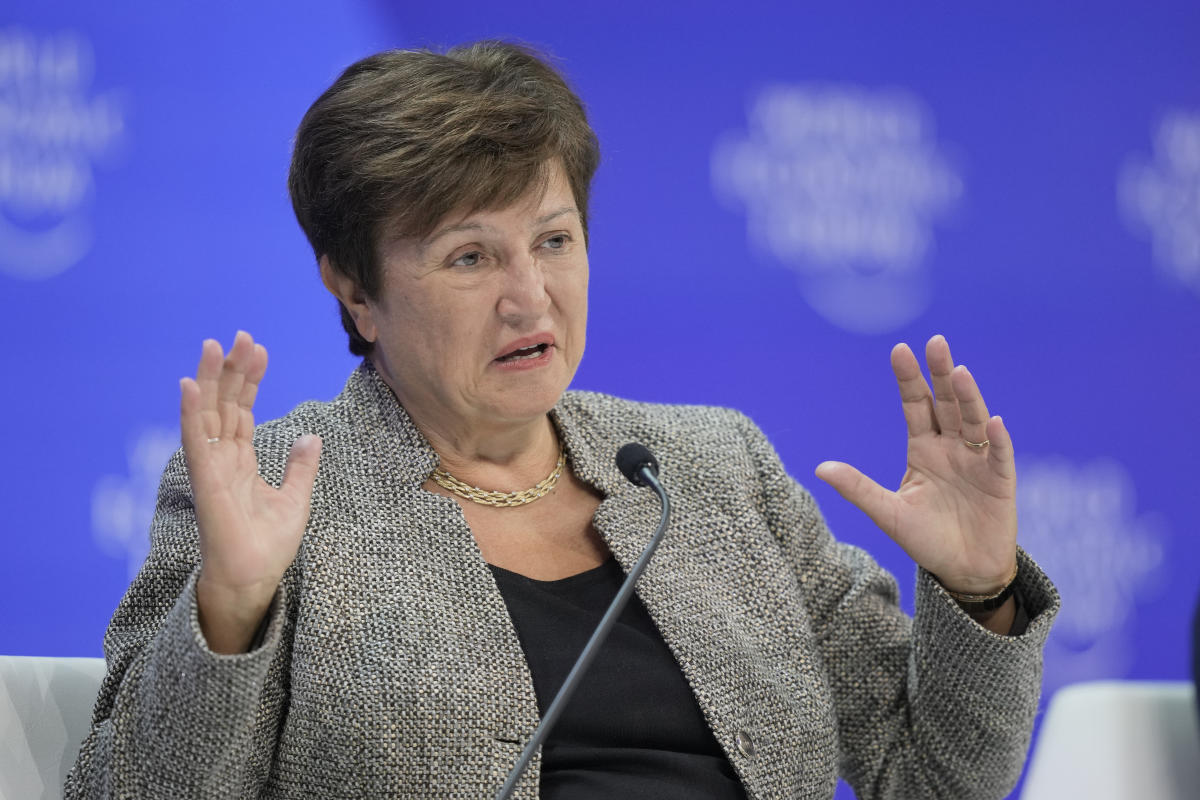- Thu. Apr 18th, 2024
Latest Post
Blending Past and Future: Native Knowledge Guides Sustainability at CMC’s Annual Conference”.
CMC’s annual Sustainability & Ecosystem Science Conference is happening on Friday, April 19, 2024. This year’s conference marks a significant milestone as it celebrates the graduation of the first cohort…
IMF Chief Georgieva Addresses Global Economic Challenges: Inflation, Debt, and Sluggish Growth
During the recent meeting of the International Monetary Fund and World Bank, Kristalina Georgieva, head of the IMF, discussed the state of the global economy. Despite challenges such as rising…
Curiosity’s Latest Sol: Environmental Monitoring, Change Detection Experiment and Calibration on Mars
On the first sol of today’s plan, Curiosity will acquire ChemCam and Mastcam images of a small patch of sand to assess composition and morphology. The rover will then drive…
UPMC Expands Sports Medicine Network in Ireland with New Clinic and Partnership
UPMC has announced the opening of a new sports medicine clinic in Ireland, expanding its multinational sports medicine and orthopedic network. This new clinic, located in Cork, will provide services…
Exploring the Wonders of Science: A Three-Day Open House Event at UW-Madison
On April 6th, families from various locations in Madison came together to explore the diversity of science at the Discovery Expo, which was hosted by the Morgridge Institute as part…
Unleashing Innovation: A Night of Black Excellence and Superhero Costumes in Fort Myers
In Fort Myers, nearly 300 people gathered for the “Youth Innovation Night: Unleash your Super Powers” event at Clemente Park, located in front of the Williams Academy Black History Museum.…
Red Bull Racing and EA Sports Collaborate for 2024 Formula One Season: A Case Study in Modern Sports Marketing
The Red Bull Formula One team has reached a promotional agreement with EA Sports for the 2024 season. According to the contract, Red Bull will be a key partner leading…
Philadelphia Federal Reserve’s Business Index Reaches Two-Year High: Signs of a Stronger Economic Recovery
Philadelphia Federal Reserve’s Business Index Reaches Two-Year High The latest report from the Philadelphia Federal Reserve showed that its business index reached a two-year high. This significant improvement was reflected…
GSI Technology Releases Financial Results for Fiscal 2024, Showcasing Innovative AI Solutions and HPC Capabilities
GSI Technology, Inc., a leading technology company based in Sunnyvale, California, is set to reveal its financial results for the fourth quarter and fiscal year 2024. The company’s innovative solutions…
New Sports Show Set to Energize Detroit: VIP Access for Athletes, Affordable Admission and Exciting Memorabilia.
Detroit is experiencing a surge of excitement following the NFL draft and a successful Lions season, and now there’s even more to look forward to with the upcoming Detroit Sports…




